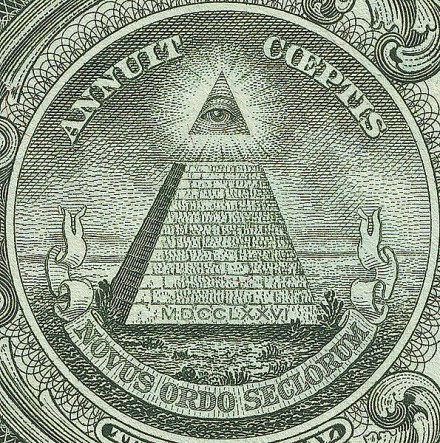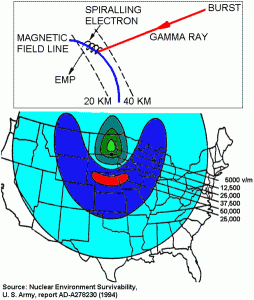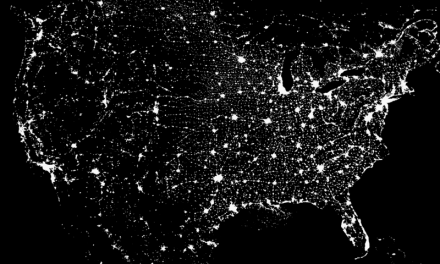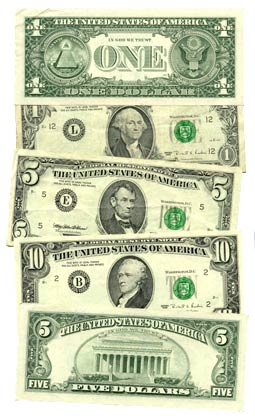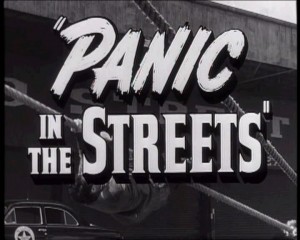 When someone in the mainstream media goes out on a limb to tell the truth, then the rest of us should go out of our way to applaud that effort. Reporter Ben Swann of Fox 19 in Cincinnati is one of the few local television reporters in the United States that consistently tackles the tough issues. As you can see from his “Reality Check” archives, he regularly does reports on the Federal Reserve, the emerging police state, the loss of our freedoms and liberties, the advance of globalism, the economic collapse, political corruption, etc. etc. That is one reason why his YouTube channel is rapidly approaching a million views. In his most recent Reality Check, Ben Swann asked this question: “Is auditing the Federal Reserve really necessary?” In just four minutes, Swann covered the creation of the Federal Reserve, where money comes from, the 16 trillion dollars in secret loans given out by the Fed during the last financial crisis, and why an audit of the Fed is so important. It really was extraordinary to watch a local mainstream news reporter tell the truth about these things. We could definitely use about 1000 more reporters just like him.
When someone in the mainstream media goes out on a limb to tell the truth, then the rest of us should go out of our way to applaud that effort. Reporter Ben Swann of Fox 19 in Cincinnati is one of the few local television reporters in the United States that consistently tackles the tough issues. As you can see from his “Reality Check” archives, he regularly does reports on the Federal Reserve, the emerging police state, the loss of our freedoms and liberties, the advance of globalism, the economic collapse, political corruption, etc. etc. That is one reason why his YouTube channel is rapidly approaching a million views. In his most recent Reality Check, Ben Swann asked this question: “Is auditing the Federal Reserve really necessary?” In just four minutes, Swann covered the creation of the Federal Reserve, where money comes from, the 16 trillion dollars in secret loans given out by the Fed during the last financial crisis, and why an audit of the Fed is so important. It really was extraordinary to watch a local mainstream news reporter tell the truth about these things. We could definitely use about 1000 more reporters just like him.
The video of Ben Swann’s recent Reality Check is posted below. If you have not seen it yet, it is definitely worth the 4 minutes that it takes to watch it….
What in the world would this country look like if we had hundreds of other real journalists such as Ben Swann that were willing to tackle these kinds of issues head on?
Certainly nobody is perfect, but when a reporter like Swann is willing to go out on a limb and attack the Fed we need to applaud his efforts.
The mainstream media is supposed to hold those in positions of power accountable.
But most in the mainstream media treat the Federal Reserve with kid gloves. It is incredibly rare to hear any real criticism of the Fed by mainstream reporters.
If the mainstream media was actually doing their job, then perhaps we could get some answers to some questions that have gone unanswered for a very long time.
For example, Zero Hedge has published a “smoking gun” that proves that the Federal Reserve was heavily involved in manipulating the price of gold long after the gold standard was abandoned. If you have not read that piece yet, you can find it right here.
I would love to know to what extent this is still going on today, and why nobody ever asks Federal Reserve Chairman Ben Bernanke about this.
Another mystery that I would like to see addressed is the trillions of dollars of “off balance sheet transactions” that are unaccounted for at the Federal Reserve. This was brought up once during a Congressional hearing, but nobody seemed to have any answers. Video from this hearing is posted below….
As you can see from the video, nobody in the federal government seems to have any idea what is really going on over at the Fed.
But the Fed has more power over our economy and over our financial system than anyone else does.
Isn’t it about time that the American people got some answers?
The Federal Reserve is at the very heart of our debt-based financial system that was created by the big Wall Street banks and for the benefit of the big Wall Street banks.
The Federal Reserve (and virtually every other central bank in the world) is not accountable to the people. The Federal Reserve has created a perpetual debt bubble that is designed to systematically transfer the wealth of the American people to the banks. In this system, the total amount of money and the total amount of debt is designed to continually expand.
Since the Federal Reserve was created, the value of the U.S. dollar has declined by well over 95 percent and the U.S. national debt has gotten more than 5000 times larger.
But nobody seems to want to hold the Federal Reserve accountable for any of this.
Just what in the world is going on here?
In a previous article about auditing the Fed, I listed some more questions that I would like to see someone ask the Federal Reserve….
If the Federal Reserve is supposed to prevent shocks to our economy, then why have there been 10 different economic recessions since 1950 and why are we about to enter another one?
Was the Federal Reserve involved in the manipulation of Libor?
What role did the Federal Reserve play in creating the housing bubble that resulted in our unprecedented housing crash?
Why has the value of the U.S. dollar fallen by 83 percent since 1970?
Why is the Federal Reserve paying U.S. banks not to lend money?
Why did Barack Obama nominate Ben Bernanke for a second term as head of the Federal Reserve when Bernanke has a track record of failure that makes the Chicago Cubs look like a roaring success?
Why is the U.S. national debt more than 5000 times larger than it was when the Federal Reserve was created in 1913?
Why were the Federal Reserve and the personal income tax both pushed through Congress in the same year in 1913?
Why does the Federal Reserve argue that it is “not an agency” of the federal government in court?
Why do all 187 nations that belong to the IMF have a central bank?
Most Americans are pinning their hopes for an “economic turnaround” on the upcoming election in November.
But the truth is that until something is done about the Federal Reserve it isn’t going to matter very much who is in the White House.
As I wrote about yesterday, the total amount of all debt in America has grown from about 2 trillion dollars to nearly 55 trillion dollars over the past 40 years.
Yes, we should blame the American people for being really stupid about debt, but we also need to keep in mind that this is exactly what the debt-based Federal Reserve system was designed to do.
We have been enslaved by design and most Americans do not even realize what has happened.
Let us encourage reporters like Ben Swann to keep speaking out about the Federal Reserve, and the rest of us need to keep speaking out about the Fed too.
